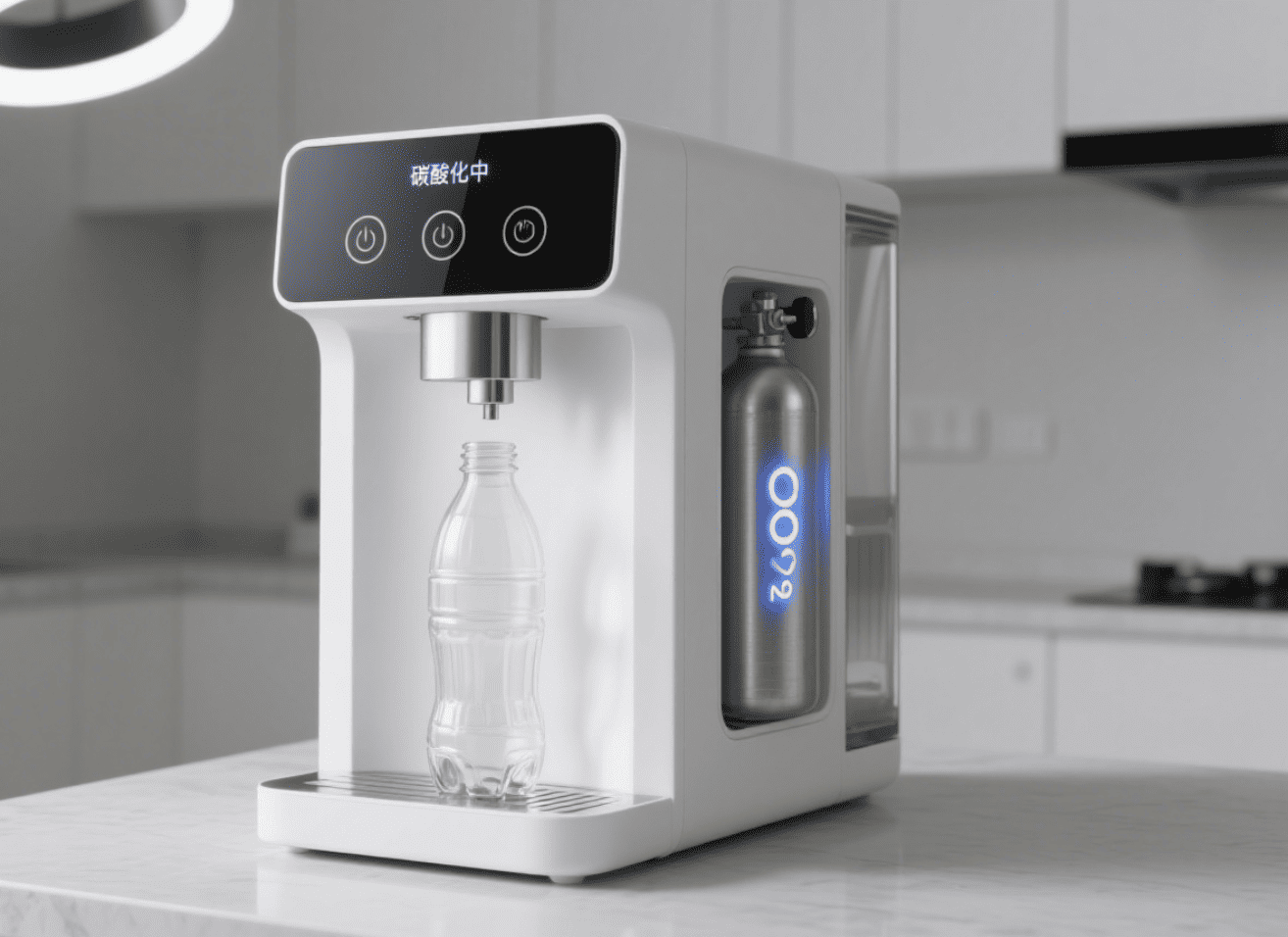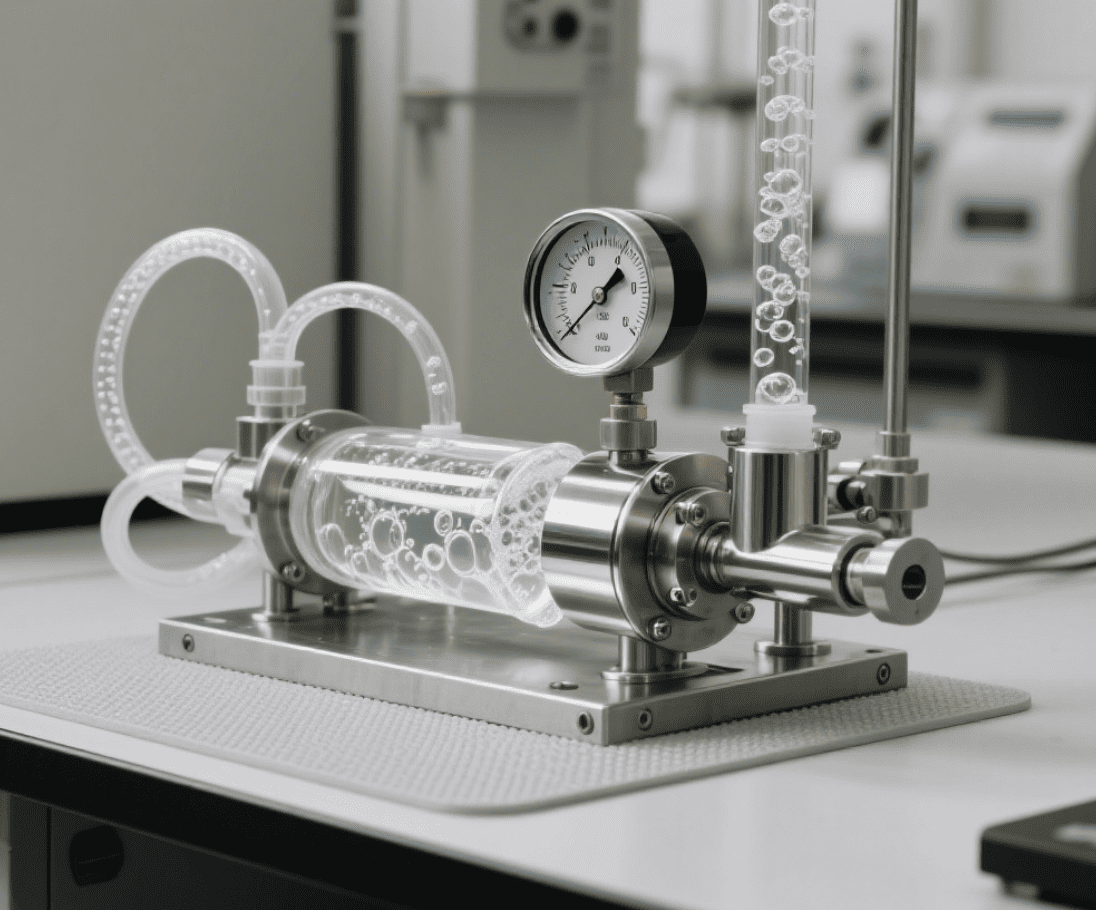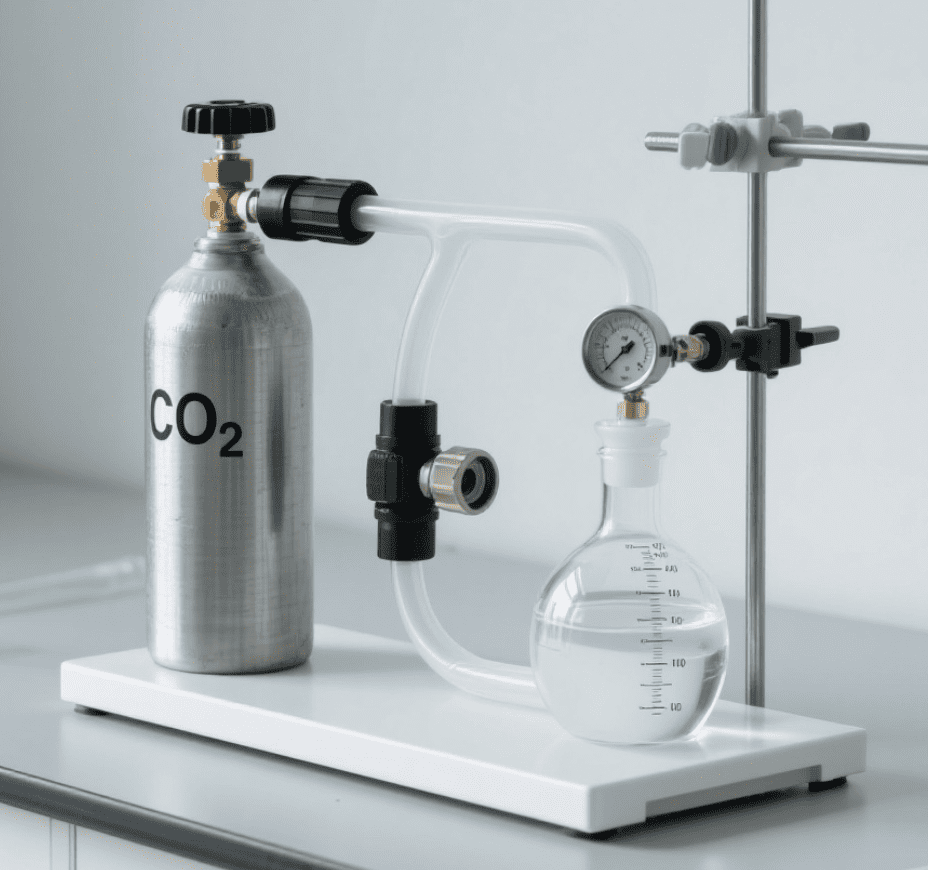Is Portable CO2 Inflation Reliable for Emergency Situations?
Introduction
When you’re on the road or out in the wilderness, dealing with a flat tire is often an inconvenient, stressful, and time-consuming event. For many, having the right tools at hand can make all the difference between a minor delay and a major hassle. Enter portable CO₂ inflation—a fast and efficient way to re-inflate your tires when you need it most. But is it really a reliable option for emergency situations? In this article, we’ll explore how portable CO₂ inflation works, its advantages, and why it may be the perfect solution for your emergency toolkit.
How Portable CO₂ Inflation Works
Portable CO₂ inflation works by using compressed carbon dioxide gas to quickly inflate tires. The basic principle is simple: you attach a CO₂ cylinder to a valve, open it, and the gas is released into the tire, increasing the pressure to the required level. These devices typically come with small, compact CO₂ cylinders that are easy to store in your vehicle or gear bag.
Key specifications for portable CO₂ inflators include:
Cylinder Size: CO₂ inflators come in various sizes, with smaller 12g or 16g cylinders being the most common for personal use. Larger cylinders, such as 25g or 50g, are better for larger tires like those found on trucks or RVs.
Pressure Range: CO₂ inflators can generate high enough pressure to inflate most tires, usually between 30-50 PSI, which is sufficient for emergency situations.
Portability: Most portable CO₂ inflators are lightweight and compact, making them ideal for emergency kits, car trunks, or bike bags.
These systems are designed for speed and ease, which is why they are so popular for emergency use.
Advantages of Portable CO₂ Inflation in Emergencies
1. Speed and Efficiency
In emergency situations, time is often of the essence. CO₂ inflation is extremely fast compared to other methods, such as using a traditional air pump. In just a few seconds, a CO₂ cylinder can provide enough pressure to reinflate a flat tire, allowing you to get back on the road quickly.
2. Compact and Portable Design
One of the key benefits of portable CO₂ inflation is its compact size. Traditional air compressors can be bulky, heavy, and require a power source, making them less ideal for on-the-go situations. CO₂ inflators, on the other hand, are lightweight and small enough to fit in a glove compartment, backpack, or saddlebag, ensuring they’re always within reach when you need them most.
3. Versatility for Different Tire Types
Whether you’re driving a car, riding a bike, or off-roading in a 4x4, CO₂ inflators are versatile enough to work on a variety of tire sizes. From small bicycle tires to larger vehicle tires, you can rely on CO₂ inflation to get you out of a jam in a range of scenarios.
Is It Reliable for Different Emergency Scenarios?
Portable CO₂ inflation systems are reliable tools, but how well they perform depends on the specific emergency situation. Let’s break it down by use case:
1. Flat Tires on the Road
For car owners, flat tires are one of the most common emergencies that happen unexpectedly. Traditional air pumps require a power source, making them impractical if you’re stranded in a remote location without access to electricity. A portable CO₂ inflator, however, is a self-contained system that doesn’t require any external power, making it ideal for roadside emergencies.
2. Cycling Emergencies
For cyclists, a flat tire can mean the difference between completing a ride or being stranded. Portable CO₂ inflators have long been favored by cyclists because they are small, easy to carry, and capable of quickly inflating tires. They can be easily stored in a bike bag or strapped to the frame, ready to go when you need them.
3. Off-Roading or Overlanding
If you’re off-roading or overlanding, having a reliable way to inflate your tires is essential. Many off-road enthusiasts use CO₂ inflators because they provide a quick solution for tire adjustments after tackling rugged terrain. Whether you need to deflate your tires for better traction and then re-inflate them after the off-road adventure, a portable CO₂ system is a handy, lightweight solution.
Key Considerations When Using CO₂ for Tire Inflation
While CO₂ inflation offers many advantages, it’s essential to keep a few considerations in mind:
1. Pressure Limits
Portable CO₂ inflators can reach pressures between 30 and 50 PSI, which is usually sufficient for most passenger vehicles, bicycles, and light trucks. However, if your vehicle requires a higher pressure (such as large truck tires), you may need to use a larger CO₂ cylinder or a different inflation method.
2. Tire Compatibility
CO₂ inflation works on a wide variety of tires, but some specialized tires (such as high-performance or heavy-duty tires) may require more precise inflation control. Be sure to check the specifications of your inflator and the required pressure for your specific tires.
3. Cylinder Size
The size of the CO₂ cylinder you choose will determine how many inflations you can complete before needing to replace or recharge it. Smaller cylinders (12g or 16g) are perfect for bike tires or emergency inflation, while larger cylinders are more suitable for bigger vehicle tires.
4. Maintenance and Storage
CO₂ cylinders are generally safe, but it’s important to store them in a cool, dry place and check the expiration dates of the cylinders. Make sure the inflator is in good working condition before relying on it in an emergency.
Conclusion – Is Portable CO₂ Inflation Worth It for Emergencies?
In conclusion, portable CO₂ inflation is a highly reliable option for emergencies, offering a quick, portable, and efficient solution for inflating flat tires. Whether you’re on the road, cycling, or off-roading, a CO₂ inflator can be a game-changer in situations where time and convenience matter.
Adding a CO₂ inflator to your emergency toolkit is a simple but effective way to ensure that you’re always prepared for unexpected tire issues. Its compact size, ease of use, and ability to work across various tire types make it a must-have for anyone looking for a dependable, quick inflation solution.
FAQ
1. Can CO₂ inflation be used for all types of tires?
Yes, portable CO₂ inflators are suitable for most tires, including car tires, bicycle tires, and even some off-road vehicle tires. However, for larger or specialized tires, ensure that the inflator’s pressure capacity matches the required tire pressure.
2. How many inflations can a single CO₂ cylinder perform?
The number of inflations a cylinder can handle depends on its size and the tire’s pressure needs. A 12g cylinder typically provides enough CO₂ to inflate a bicycle tire or a small car tire to a basic pressure level. For larger tires, you may need a larger cylinder.
3. How long does it take to inflate a tire using CO₂?
CO₂ inflation is extremely fast and typically takes only a few seconds to inflate a tire to the desired pressure.
4. Are CO₂ inflators safe to use?
Yes, CO₂ inflators are generally safe to use when stored and handled properly. Be sure to follow manufacturer instructions and avoid storing the cylinders in extreme temperatures.
5. Can I rely on CO₂ inflation for long-term tire maintenance?
While CO₂ inflation is great for emergencies, it’s not a substitute for regular tire maintenance. For long-term use, a traditional air pump or nitrogen inflation might be better suited.
 Innovative Features of Modern
Innovative Features of Modern
 The Science Behind Carbonated
The Science Behind Carbonated
 How to Care for Carbonated Sod
How to Care for Carbonated Sod
 The Evolution of Carbonated So
The Evolution of Carbonated So
